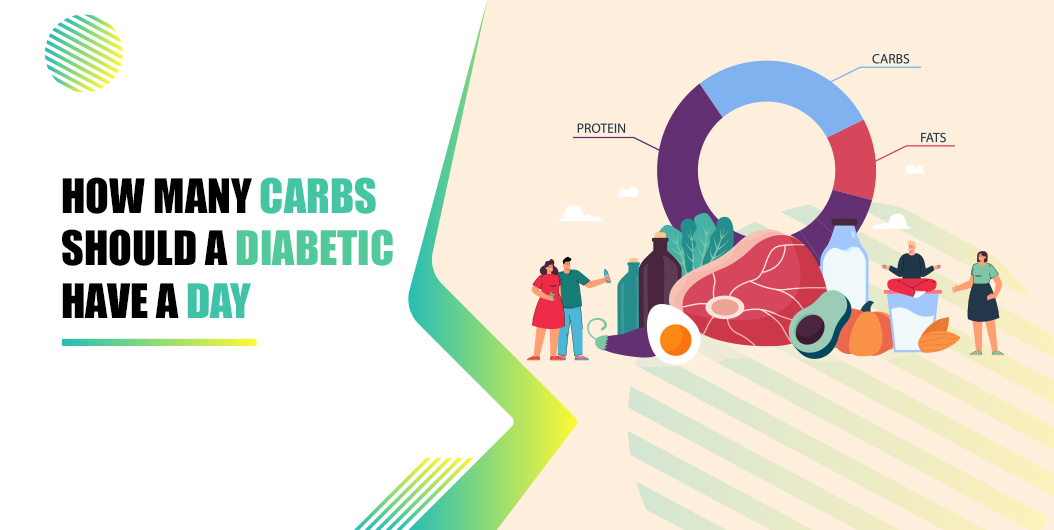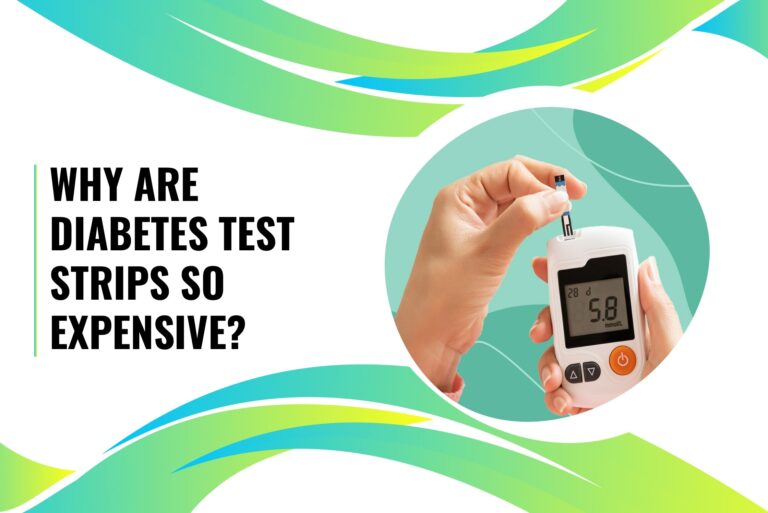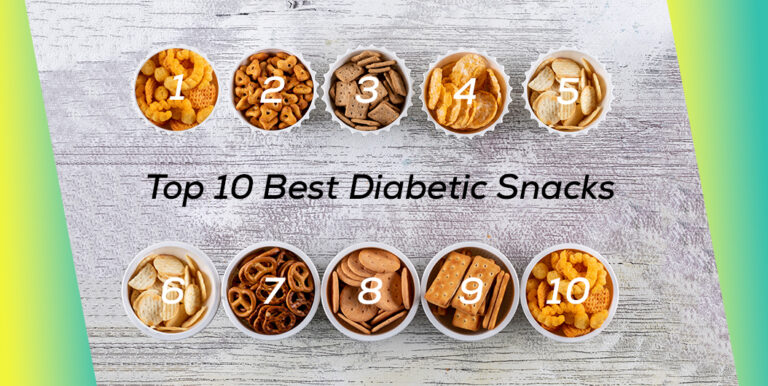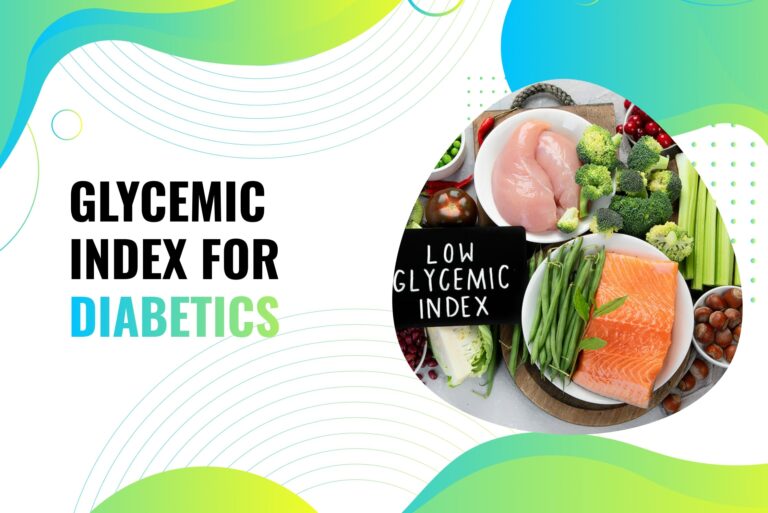How Many Carbs Should a Diabetic Have a Day?
Carb counting is a way of managing diabetes by tracking the amount of carbohydrates you eat each day. This can help you control your blood sugar levels and prevent spikes after meals. Let’s learn more about carbs counting and how many carbs should a diabetic have in a day.
In short: A person with diabetes should aim for 45-60 grams of carbohydrates per meal and 15-20 grams per snack.
Why Carb Counting Matters for Diabetics?
Here are the most important benefits of carb counting.
1. Carb counting can help diabetics better control their blood sugar levels by allowing them to calculate the amount of carbohydrates they are consuming. This information can then be used to help regulate insulin levels. By keeping track of carbohydrate intake, diabetics can help keep their blood sugar levels under control.
2. Carb counting can help diabetics lose weight or maintain a healthy weight. This is because it allows them to better control their blood sugar levels. When blood sugar levels are stable, it can help to control hunger and cravings. Additionally, it can help diabetics make better food choices by allowing them to see how many carbs are in a given food.
3. Carb counting can help diabetics improve their cholesterol and triglyceride levels. By knowing how many carbs are in the foods they eat, diabetics can better control their blood sugar levels. This, in turn, can help improve their cholesterol and triglyceride levels.
4. Carb counting can help diabetics reduce their risk of developing complications from diabetes. This is because when you know how many carbs you are eating, you can better control your blood sugar levels. This can help you avoid spikes in blood sugar, which can damage your organs and lead to complications like heart disease, stroke, and kidney disease.
5. Carb counting can help diabetics manage their diabetes medications more effectively. This is because when you know how many carbs you are consuming, you can better adjust your insulin levels. Also, by keeping track of your carb intake, you can help prevent blood sugar spikes.
How Many Carbs Should a Diabetic Have Per Day?
There is no one-size-fits-all answer to this question, as the amount of carbs a diabetic should have per day depends on a variety of factors, including the person’s individual needs and goals.
However, the American Diabetes Association (ADA) recommends that people with diabetes aim for a range of 45-60 grams of carbs per meal, and an overall daily intake of 130-160 grams of carbs.
Best Carbs for Diabetic Patients
Complex carbs are best for diabetic patients because they have a lower glycemic index than simple carbs. This means that they don’t cause spikes in blood sugar levels, which can be dangerous for diabetics. Complex carbs also tend to be high in fiber, which helps to regulate blood sugar levels.
These include:
1. Beans:
Beans are a great source of carbohydrates for diabetics. They have a low glycemic index and are high in fiber, which helps to regulate blood sugar levels. Beans are also a good source of protein and are low in fat.
2. Lentils:
Lentils are another great source of carbohydrates for diabetics. Like beans, they have a low glycemic index and are high in fiber. Lentils are also a good source of protein and are low in fat.
3. Oats:
Oats are a great source of carbohydrates for diabetics. They have a low glycemic index and are high in fiber. Oats are also a good source of protein and are low in fat.
4. Quinoa:
Quinoa is a great source of carbohydrates for diabetics. It has a low glycemic index and is high in fiber. Quinoa is also a good source of protein and is low in fat.
5. Sweet potatoes:
Sweet potatoes are a great source of carbohydrates for diabetics. They have a low glycemic index and are high in fiber. Sweet potatoes are also a good source of vitamins and minerals.
Different Types of Carbs and How They Affect Blood Sugar in Diabetics
There are a few different types of carbs that are good for diabetic patients.
- One type is called “slow release” carbs, which are slowly absorbed into the bloodstream and don’t cause spikes in blood sugar levels. Good sources of slow release carbs include oatmeal, whole grain breads, and brown rice.
- Another type of carb that is good for diabetics is called “resistant starch.” This type of carb resists digestion and helps to control blood sugar levels. Good sources of resistant starch include beans, lentils, and unripe bananas.
- Finally, “soluble fiber” is another type of carb that is good for diabetics. Soluble fiber dissolves in water and forms a gel-like substance that helps to slow down the absorption of sugar into the bloodstream. Good sources of soluble fiber include oats, barley, and legumes.
How to Count Carbs for Your Diabetes Diet
The amount of carbs you should eat per day will vary based on your individual needs and goals, but in general, people with diabetes should aim for around 45-60 grams of carbs per meal, and 15-20 grams of carbs per snack. To count carbs, you will need to know the carb content of the foods you are eating and then keep track of the total amount of carbs you consume throughout the day.
There are a few different ways to find the carb content of foods.
- One way is to look at the nutrition label, which will list the total number of carbs per serving.
- Another way is to use a food tracking app or website, which can provide you with the carb counts for a variety of foods.
- Once you know the carb counts of the foods you are eating, you can begin to track your total carb intake for the day.
If you are not sure how many carbs you should be eating per day, you can speak with a registered dietitian or certified diabetes educator to help you create a meal plan that meets your needs.
Tips for Counting Carbs and Managing Blood Sugar Levels for Diabetics
1. Get to know the glycemic index of foods. The glycemic index is a measure of how quickly a food will raise your blood sugar levels. Foods with a high glycemic index will raise your blood sugar levels more quickly than foods with a low glycemic index.
2. Be aware of portion sizes. It is important to know how many grams of carbohydrates are in a serving of food. This information can be found on the nutrition label.
3. Choose foods with a lower glycemic index. Foods with a lower glycemic index will not raise your blood sugar levels as quickly as foods with a higher glycemic index.
4. Combine carbohydrates with protein and fat. Eating carbohydrates with protein and fat will help to slow down the absorption of the carbohydrates and prevent your blood sugar levels from rising too quickly.
5. Check your blood sugar levels regularly. Checking your blood sugar levels will help you to see how different foods affect your blood sugar levels and help you to make adjustments to your diet.
We hope this article has helped you learn about how many carbs a diabetic should have in a day and how to count carbs for your diet plan.




